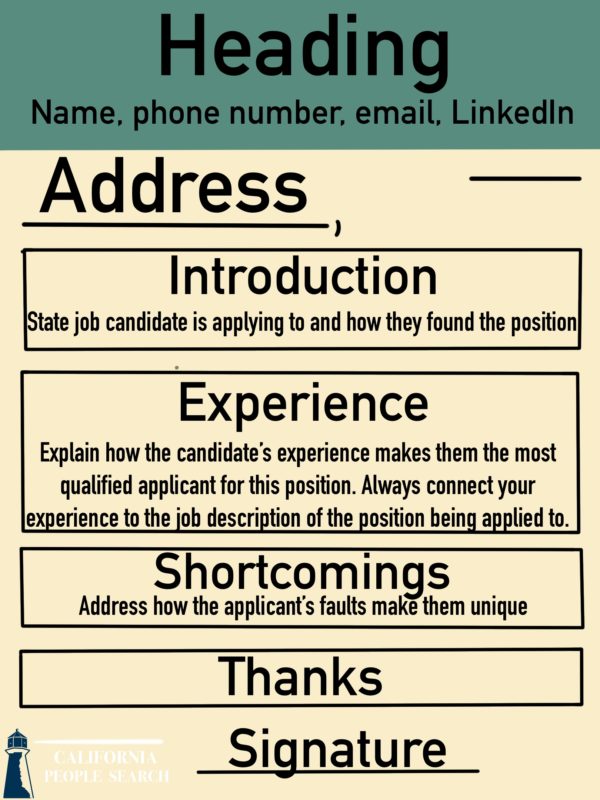Cover Letters Basics
From the employer/recruitment perspective, cover letters are designed to make certain applicants stand out. From the applicant’s perspective, cover letters are a way to highlight or emphasize certain parts of the resume in order to exhibit how they can potentially benefit the company utilizing their experience. There will be a significant amount of overlapping information between the resume and the cover letter. We combat redundancy by diving into more depth and detail in the cover letter than traditionally seen in the resume.
Much like resumes, cover letters should be updated and customized for each application. Once the first cover letter is created, candidates should change minor details about the content to match each application and job posting.
The Preparation
To build a proper cover letter, we begin with the format. Similar to a resume, the header of the cover letter should include your name and contact information, including email, phone number, LinkedIn, etc.
Following the heading, the applicants begin addressing their letter. For the purpose of a generalized cover letter template, we can address the letter “To Whom It May Concern” or “To Hiring Manager”. When actually applying for a position, be sure to include the company name. For example, if applying to a California People Search, the cover letter would be addressed to “California People Search Hiring Manager”. 
Structure
We break down the paragraph structure of a finalized cover letter as follows:
Paragraph 1: Introduction
This is the paragraph where the candidate can introduce themselves to the employer and state the position being applied to. Explain how the candidate found this position, and name any referring party. First impressions can potentially determine the rest of the interaction, so putting the best foot forward in this paragraph is essential. This is the place to state which company values align with the candidate’s personal values and why. It is strongly advised to do research on the company prior to writing a cover letter.
Paragraph 2: Experience
Reflect on the experiences that make the candidate qualified to apply for this position. This paragraph may feel redundant after completing a resume. We combat this repetition by diving deeper into the cover letter. This is the opportunity for the candidate to showcase their experiences and demonstrate how they can be an asset to the company, prior to an interview. Paragraph 2 is where the applicant can discuss soft skills, hard skills, elaborate on experiences that led them to applying to this position.
Paragraph 3: Shortcomings
Everybody has shortcomings. It is only fair to acknowledge these to the employer, and describe how these imperfections make the applicant unique. Frame this paragraph as positively as possible.
Paragraph 4: Thanks
Give thanks to the employer for their time and consideration. Offer to follow up for an interview.
Signature
Be sure to include a slot for your signature.
For the visual learners, a proper cover letter should follow this general format:

What Details Should Change With Each Cover Letter?
Paragraph 1:
– Position/company title
– Referring party
– Admirable company values
Paragraph 2:
– The experiences benign showcased should change to best reflect how the candidate is most qualified for this position.
– Candidates will find that certain positions have relatively similar qualifications. While applicants can use the same experience for multiple cover letters, it is recommended to alter how each experience makes the applicant qualified for the position.
Paragraph 3:
– This paragraph should change as shortcomings are addressed and improved.
Paragraph 4 and 5 will largely remain the same, but the position title/company name should be changed.
If you have any questions, or would like a recruiter to review your cover letter, please fill out a form here on our website. We look forward to helping you land your next position!


